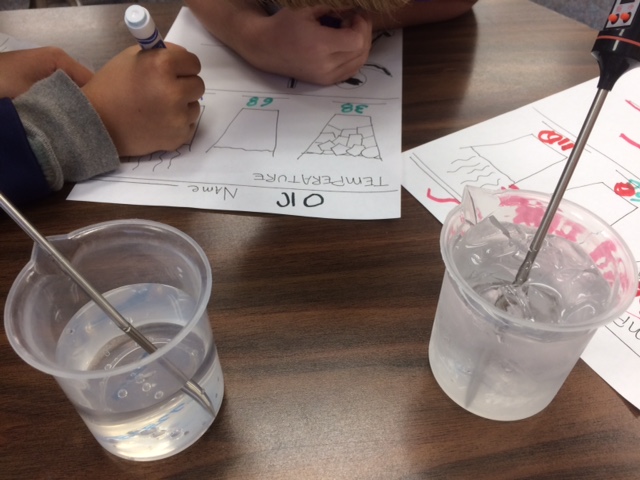Measure Up!

Measurements in Kindergarten involve students identifying the attribute to be measured. Objects often have multiple attributes that are measurable.
STANDARDS FOR MATHEMATICAL PRACTICE
- Make sense of problems and persevere in solving them.
- Construct viable arguments and critique the reasoning of others.
- Attend to precision.
STANDARDS FOR MATHEMATICAL CONTENT MGSEK.MD.
- Describe several measurable attributes of an object, such as length or weight. For example, a student may describe a shoe as, “This shoe is heavy! It is also really long!”
NGSS
- K-2-ETS1 Engineering Design
- K-2-ETS1-1 Ask questions, make observations, and gather information about a situation people want to change to define a simple problem that can be solved through the development of a new or improved object or tool.
- K-2-ETS1-2 Develop a simple sketch, drawing, or physical model to illustrate how the shape of an
- object helps it function as needed to solve a given problem.
- K-2-ETS1-3 Analyze data from tests of two objects designed to solve the same problem to
- compare the strengths and weaknesses of how each performs.
BACKGROUND KNOWLEDGE
Students need to understand that they are comparing specific attributes of the objects. In order to do this, they must first identify the attribute to be measured. Objects often have multiple attributes that are measurable, but we compare only one at a time.
OPENING QUESTION
“What do you know about measurement?” Record the student responses on chart paper.
Measuring Ideas
- What does it mean to measure something?
- Temperature (ice, warm, room temp)
- Trundle Wheel—how long is the hallway?
- Measuring cups–how many 1/8 cups in 1 cup?
- Heights – meters, feet, inches?
FORMATIVE ASSESSMENT QUESTIONS
- What attributes did you measure?
- Are there any more ways to compare these objects?
- Why did you decide to measure it this way?
- Which object is heavier (longer, taller, holds more, etc.)? How do you know?


You must be logged in to post a comment.